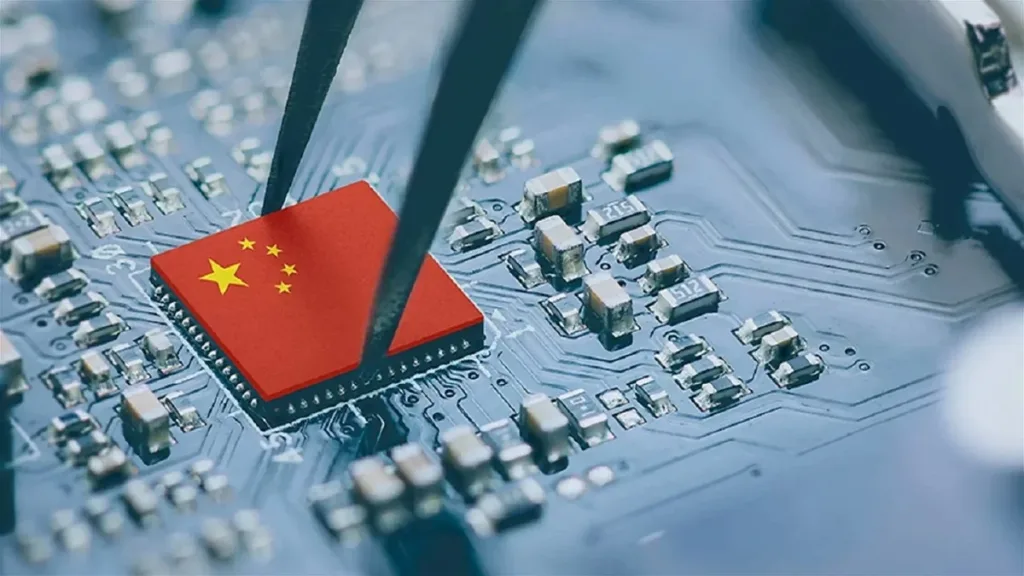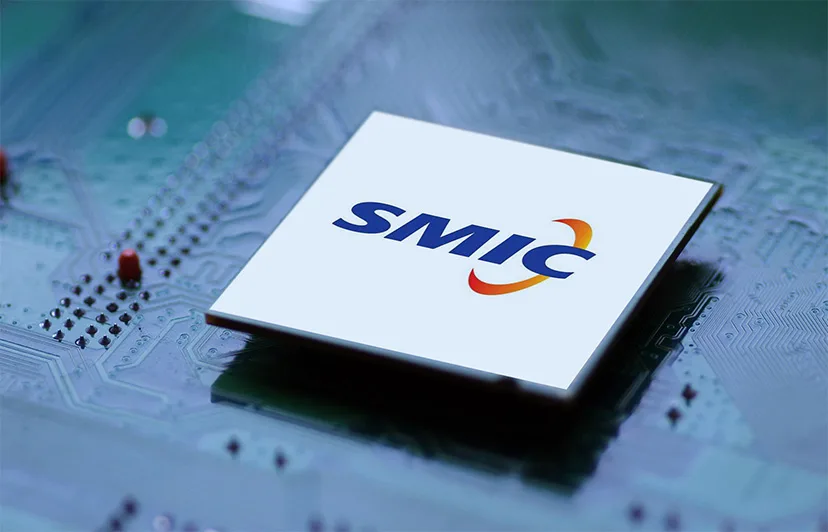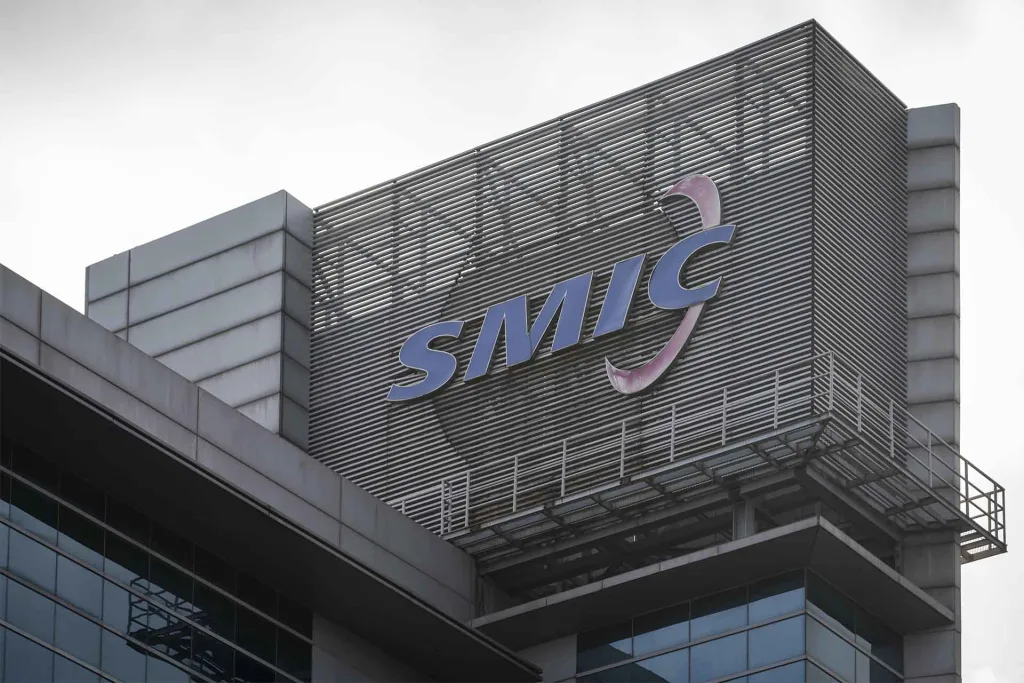China’s semiconductor manufacturing has taken center stage with explosive claims about SMIC’s 5nm production capabilities. Recent reports suggest the company has achieved 60-70% yields on its 5nm process, potentially marking a historic milestone in China’s tech independence journey.

Table of Contents
SMIC 5nm Yields Between 60 and 70 Percent Claims Tipster
The buzz started when Weibo tipster Fixed Focus Digital claimed SMIC‘s 5nm yields rival Samsung’s 3nm GAA technology. This development could signal China’s readiness to challenge global semiconductor leaders and bridge the technological gap with Western manufacturers.

Current Status Overview
| Metric | Details |
|---|---|
| Yield Range | 60-70% (claimed) |
| Comparison | Similar to Samsung’s 3nm GAA |
| Current Production | Still using 7nm for Kirin chips |
| Cost Impact | 50% higher due to DUV equipment |
The claims aren’t universally accepted. Industry insider @Jukanlosreve disputed these figures, citing undisclosed Chinese sources who suggest the rumors are fabricated.
SMIC’s journey from 7nm success with the Kirin 9000S to potential 5nm mastery represents more than technical achievement—it’s geopolitical strategy in action.
The Reality Check
Despite impressive yield claims, SMIC hasn’t demonstrated mass production of 5nm chips. Huawei’s latest processors still rely on older 7nm technology, raising questions about commercial viability.
China’s semiconductor ambitions extend beyond SMIC. Companies like SiCarrier are securing $2.8 billion funding to develop domestic EUV machines, with trial production expected in Q3 2025.

For more semiconductor industry insights, check out our latest chip technology coverage.
Whether SMIC’s 5nm yields truly reach 70% remains unverified, but China’s semiconductor progress continues accelerating despite international restrictions.
FAQs
What are SMIC’s claimed 5nm yields?
Between 60-70%, though industry experts dispute these figures.
When will SMIC begin commercial 5nm production?
No confirmed timeline, with completion expected by 2025 but commercial viability uncertain.








